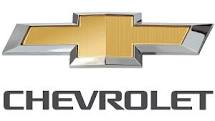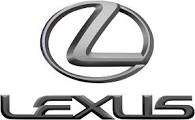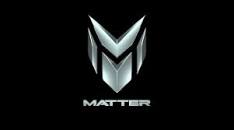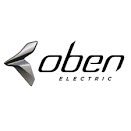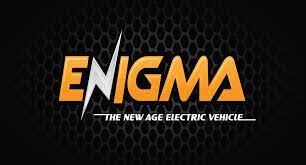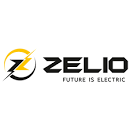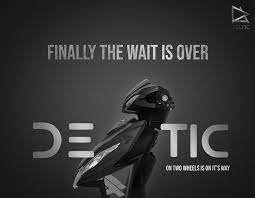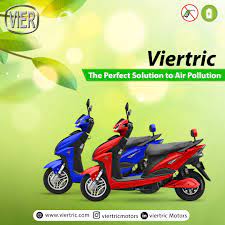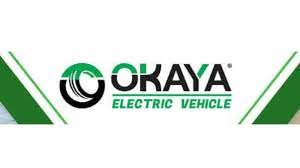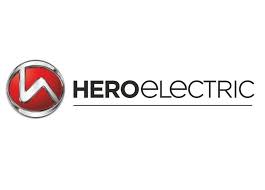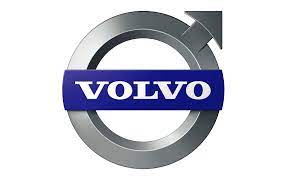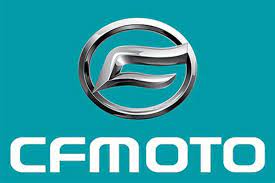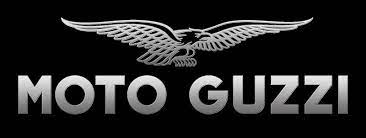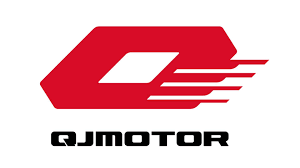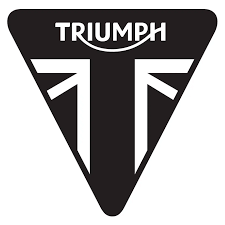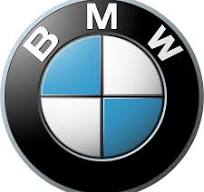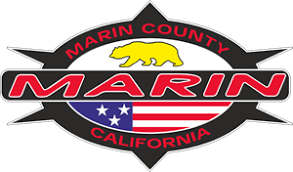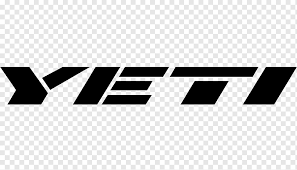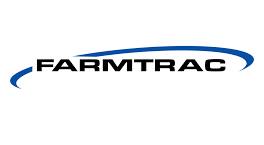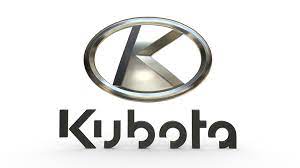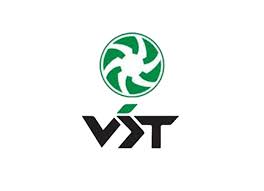-
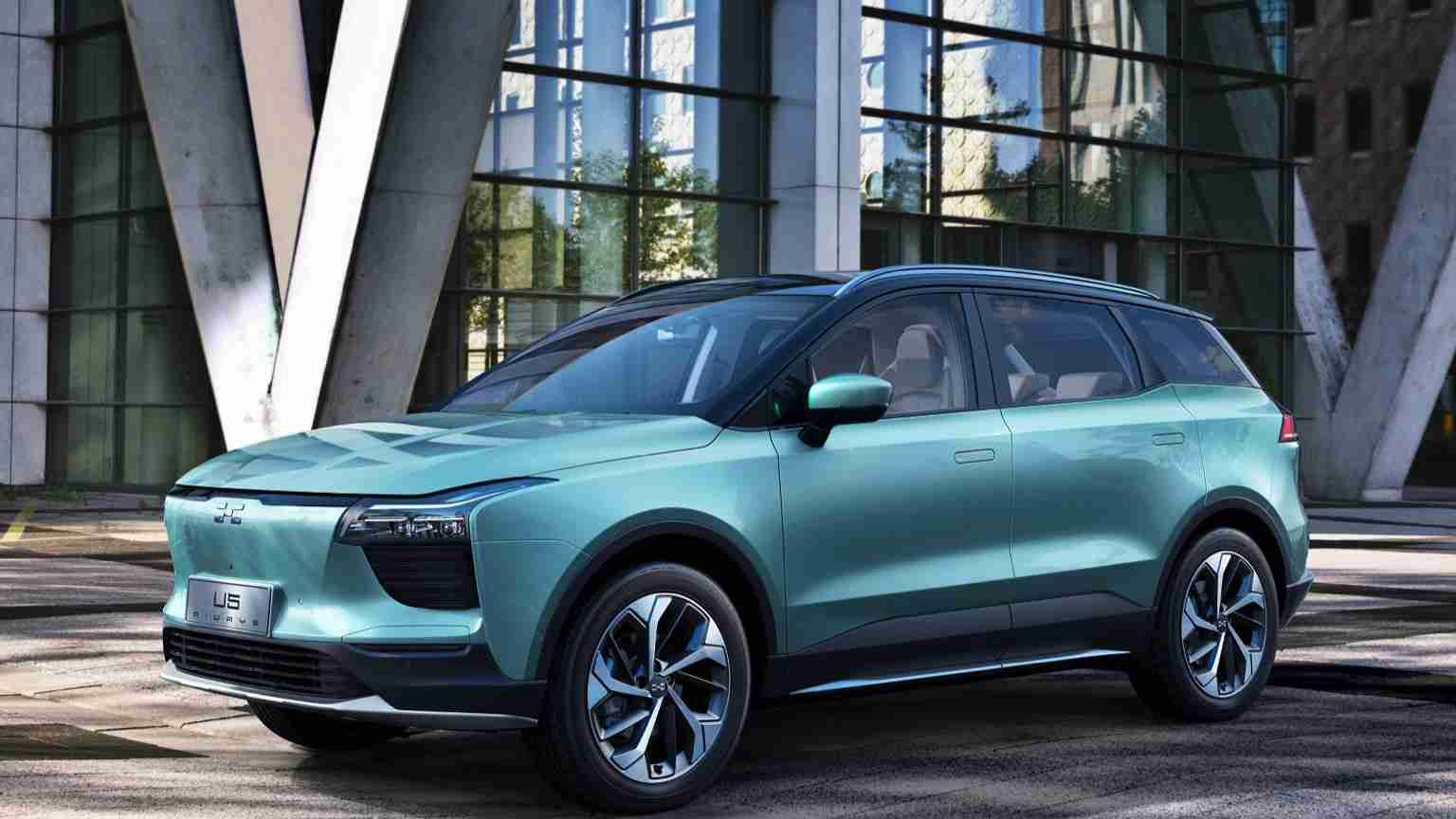 Aiways U563.0 kWh Battery Capacity | 380 km/h Fastcharge
Aiways U563.0 kWh Battery Capacity | 380 km/h Fastcharge
315 km Range | 150 km/h Top Speed | 7.5 sec Acceleration | 190 Wh/km Energy ConsumptionAvailable-
Not Available
-
€42,950
-
€39,563
-
Not Available
-
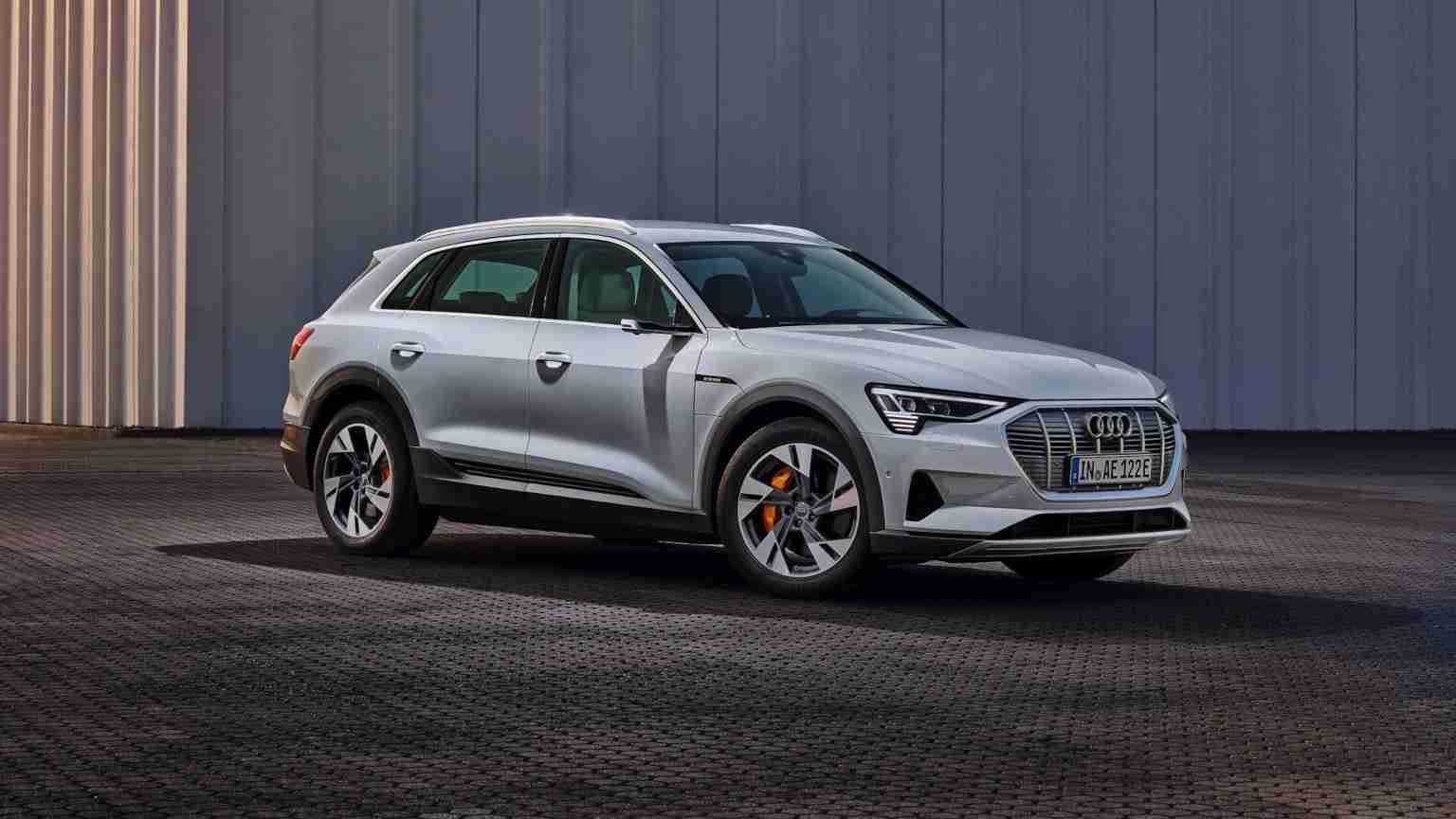 Audi e tron 50 quattro71.0 kWh Battery Capacity | 470 km/h Fastcharge
Audi e tron 50 quattro71.0 kWh Battery Capacity | 470 km/h Fastcharge
280 km Range | 190 km/h Top Speed | 6.8 sec Acceleration | 231 Wh/km Energy ConsumptionAvailable-
£62,035
-
Not Available
-
€69,100
-
£62,035
-
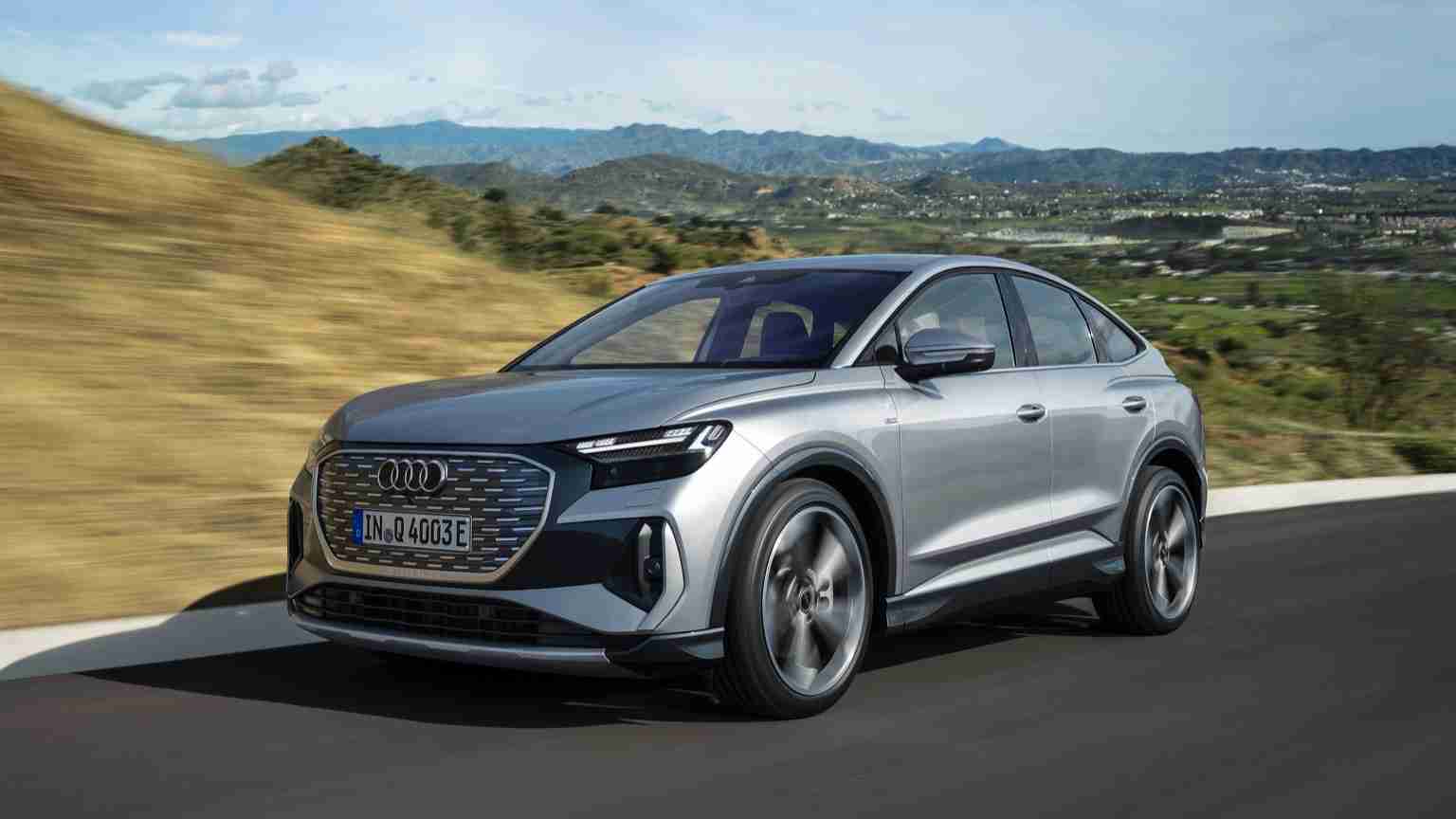 Audi Q4 Sportback e tron 50 quattro82.0 kWh Battery Capacity | 570 km/h Fastcharge
Audi Q4 Sportback e tron 50 quattro82.0 kWh Battery Capacity | 570 km/h Fastcharge
400 km Range | 180 km/h Top Speed | 6.2 sec Acceleration | 192 Wh/km Energy ConsumptionAvailable-
£58,510
-
€73,065
-
€59,900
-
£58,510
-
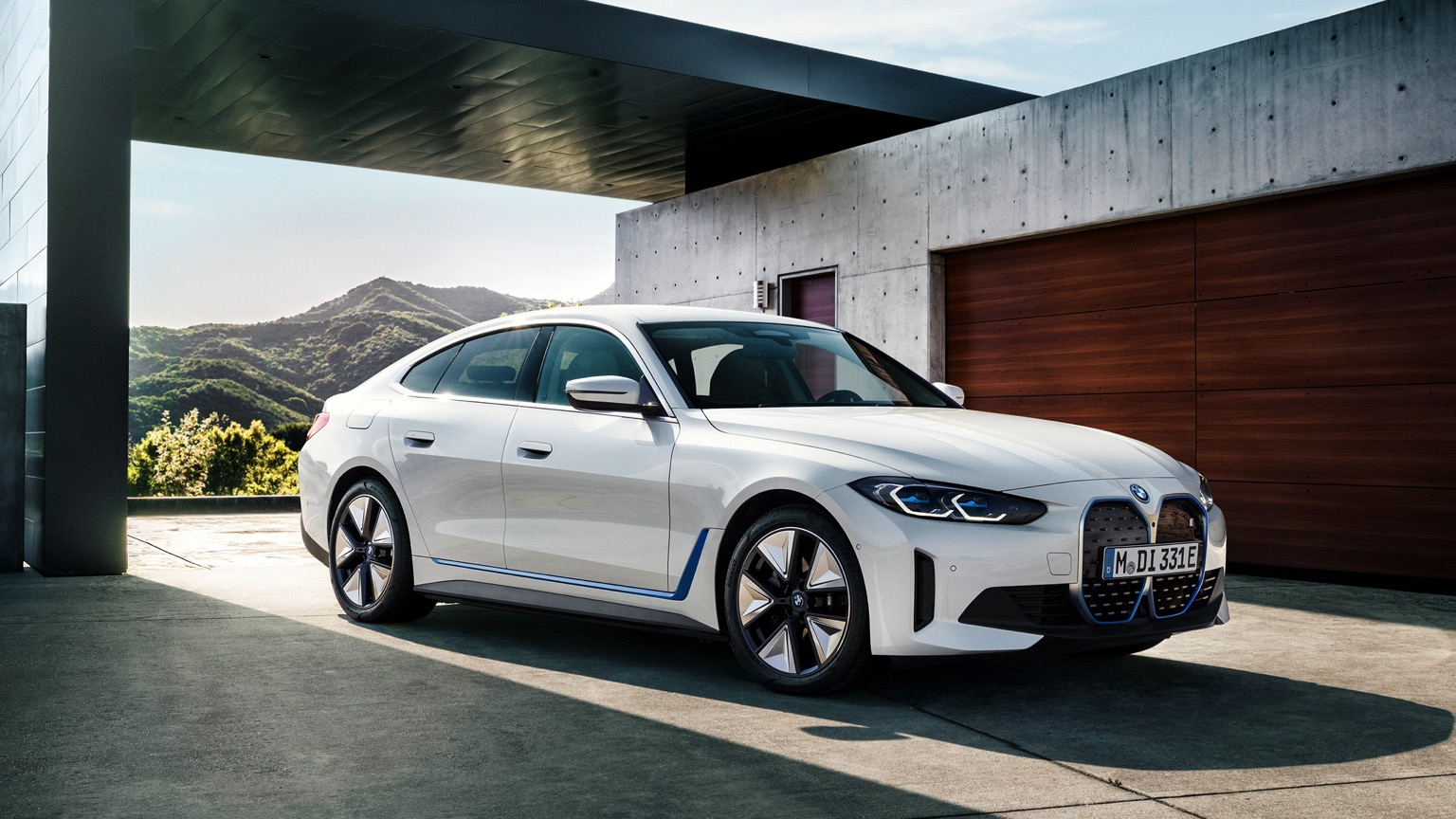 BMW i4 eDrive4083.9 kWh Battery Capacity | 800 km/h Fastcharge
BMW i4 eDrive4083.9 kWh Battery Capacity | 800 km/h Fastcharge
515 km Range | 190 km/h Top Speed | 5.7 sec Acceleration | 157 Wh/km Energy ConsumptionAvailable-
£57,890
-
€62,992
-
€59,200
-
£57,890
-
 Audi Q4 Sportback e tron 45 quattro82.0 kWh Battery Capacity | 620 km/h Fastcharge
Audi Q4 Sportback e tron 45 quattro82.0 kWh Battery Capacity | 620 km/h Fastcharge
415 km Range | 180 km/h Top Speed | 6.6 sec Acceleration | 186 Wh/km Energy ConsumptionAvailable-
Not Available
-
€58,915
-
€56,950
-
Not Available
-
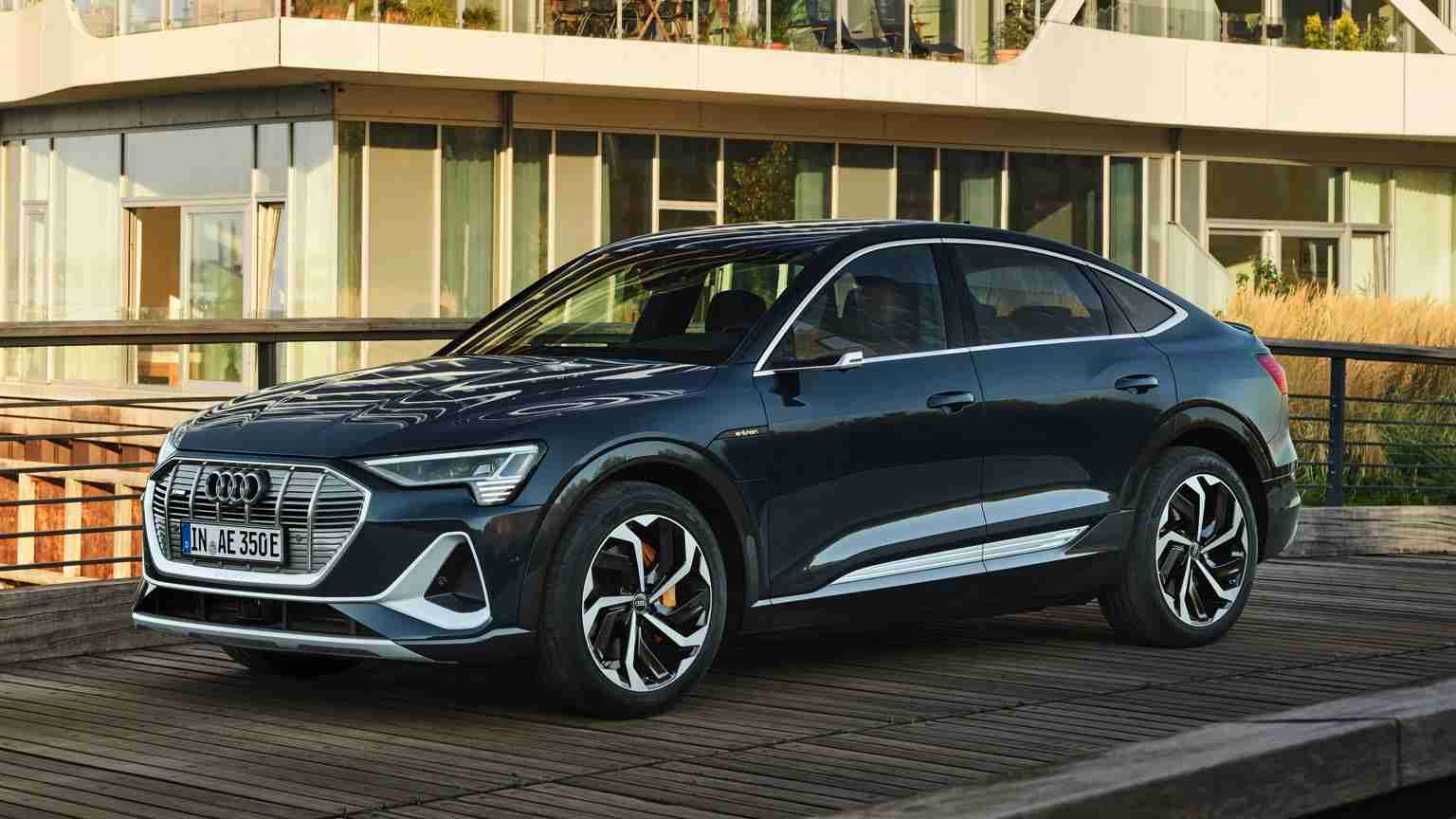 Audi e tron Sportback 50 quattro71.0 kWh Battery Capacity | 490 km/h Fastcharge
Audi e tron Sportback 50 quattro71.0 kWh Battery Capacity | 490 km/h Fastcharge
295 km Range | 190 km/h Top Speed | 6.8 sec Acceleration | 219 Wh/km Energy ConsumptionAvailable-
£63,835
-
Not Available
-
€71,350
-
£63,835
-
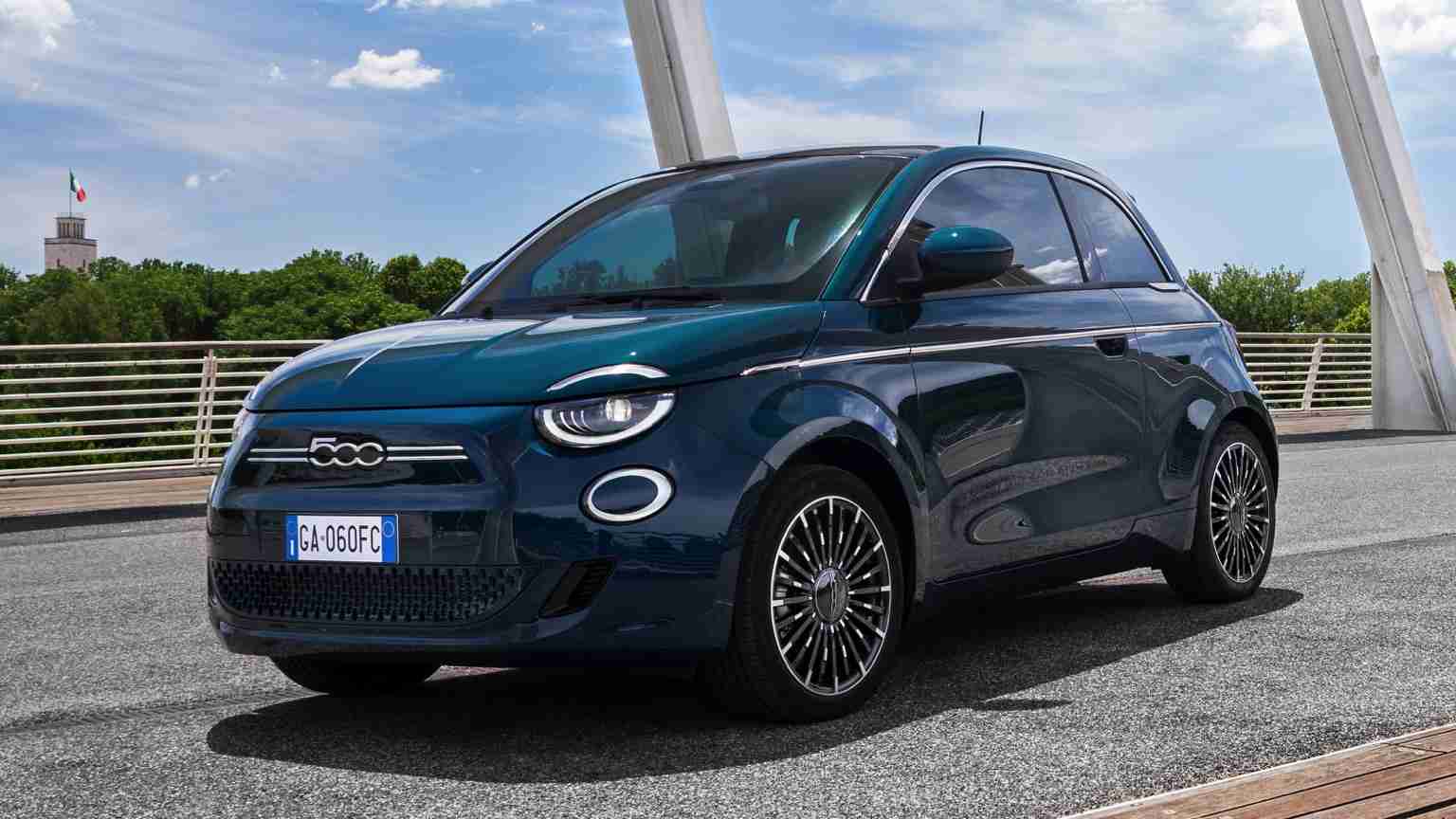 Fiat 500e Hatchback 24 kWh23.8 kWh Battery Capacity | 230 km/h Fastcharge
Fiat 500e Hatchback 24 kWh23.8 kWh Battery Capacity | 230 km/h Fastcharge
135 km Range | 135 km/h Top Speed | 9.0 sec Acceleration | 158 Wh/km Energy ConsumptionAvailable-
£28,195
-
€28,990
-
€30,990
-
£28,195
-
 Audi Q4 Sportback e tron 4082.0 kWh Battery Capacity | 660 km/h Fastcharge
Audi Q4 Sportback e tron 4082.0 kWh Battery Capacity | 660 km/h Fastcharge
425 km Range | 160 km/h Top Speed | 8.5 sec Acceleration | 180 Wh/km Energy ConsumptionAvailable-
£52,130
-
€61,465
-
€53,900
-
£52,130
-
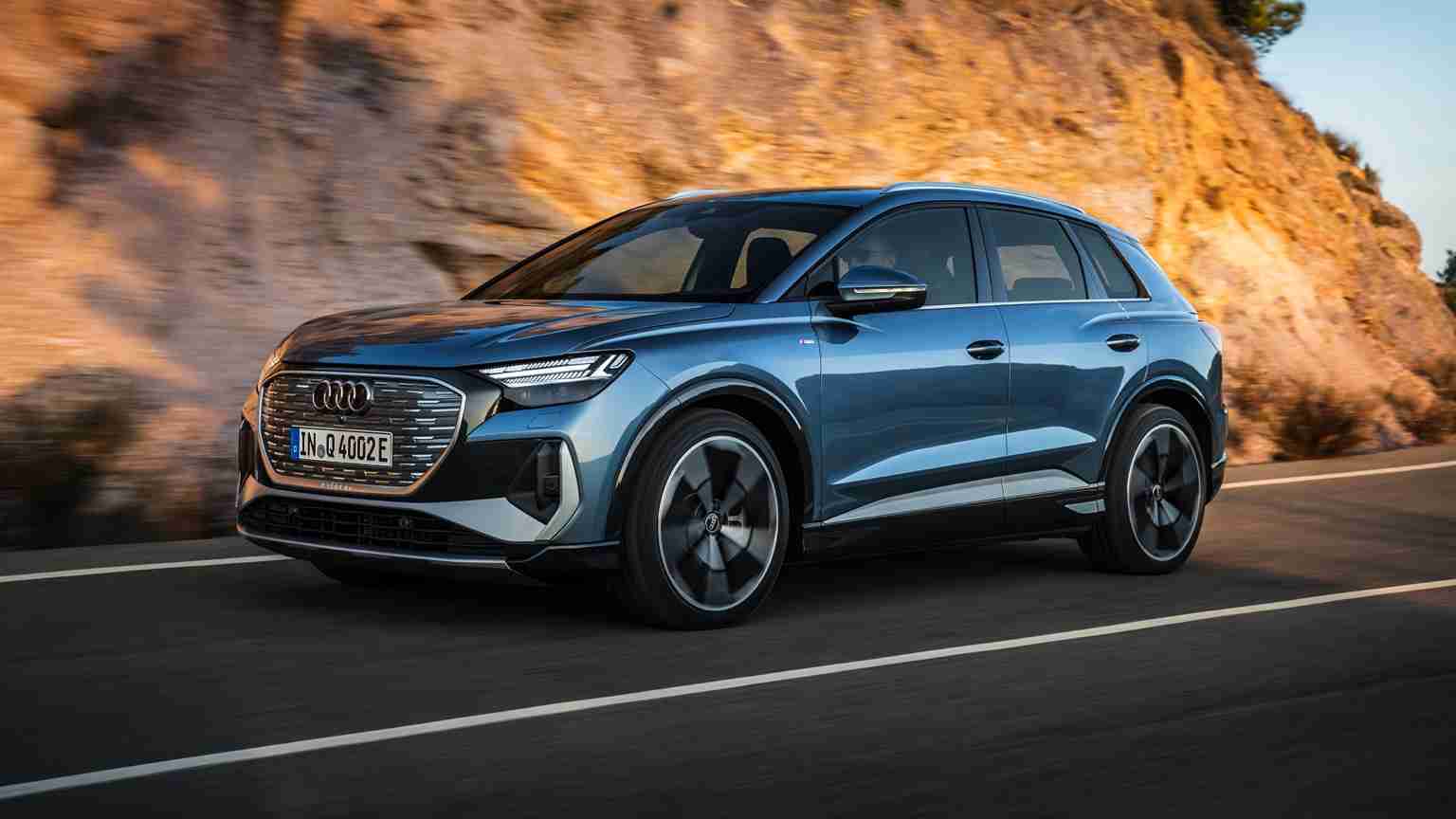 Audi Q4 e tron 45 quattro82.0 kWh Battery Capacity | 590 km/h Fastcharge
Audi Q4 e tron 45 quattro82.0 kWh Battery Capacity | 590 km/h Fastcharge
395 km Range | 180 km/h Top Speed | 6.6 sec Acceleration | 195 Wh/km Energy ConsumptionAvailable-
Not Available
-
€56,865
-
€54,950
-
Not Available
-
 Fiat 500e Hatchback 42 kWh42.0 kWh Battery Capacity | 390 km/h Fastcharge
Fiat 500e Hatchback 42 kWh42.0 kWh Battery Capacity | 390 km/h Fastcharge
235 km Range | 150 km/h Top Speed | 9.0 sec Acceleration | 159 Wh/km Energy ConsumptionAvailable-
£31,195
-
€34,490
-
€34,990
-
£31,195
How Does Electric Car Work?
All electric vehicles work with the help of an electric motor in place of an ICE. Electric motors need to power fully and it happens when EV is plugged into a wall outlet or charging station to charge. The electric car utilizes a large traction battery pack to power fast. Electric vehicles accelerate faster than traditional vehicles which are in fuel mode and are lighter to drive.
Types of Electric Cars
In Electric Vehicles, there are different types of EVs. The types of EV cars are Pure electric vehicles and Hybrid electric vehicles.
Pure Electric Vehicles: If EV completely runs on electricity called Pure electric vehicles. in this type, Plug-in electric means the EV car runs fully on electricity and receives power when it's plugged in to charge. These EV Cars don't generate any emissions as traditional cars.
Hybrid Electric Vehicles: This type of EV car runs on fuel such as diesel or petrol and also it includes an electric battery too. Hybrid EVs can be recharged via regenerative braking. You can use any of the modes while traveling with just one press. When you touch the button, it switches between fuel engine and Electric mode. Hybrid Electrical cars can't be plugged into an electricity source for energy as it depends on fuel.
Plug-in Hybrid: This type includes both electric and fuel engine modes. Majorly, these EV cars work on electricity when it is out of charge then you can rely on a fuel engine. You can recharge the battery by plugging it into an electricity source. Plug-in Hybrid EV type cars produce emissions when running on fuel but not in electricity mode.
Inner Parts of an EV cars
Electric Vehicle Cars include 90% fewer moving parts than an Internal Combustion Engine (ICE) car. A study of the electric vehicle parts that keep an EV moving is here:
Electric Motor/Engine: It helps to give the power to rotate the wheels. You can see two types of motors, they are DC/AC types. The most common motor type is the AC type motor.
Batteries: It is the storage feature that stores electricity as per their capacity and helps to run an electric car. EV range can go higher when the kW of the batter goes higher.
Inverter: It plays as a converter that converts electric current in the form of Direct current(DC) into Alternating Current(AC).
Charging: Plug-in EV cars hold a charging point or plug into an outlet as a feature to charge the EV battery.
Drivetrain: It is responsible to deliver power from the battery/motor to the wheels and the EV car holds a single-speed transmission.
Pros and Cons of Electric Cars
Here are some of the advantages and disadvantages of EV cars.
Electric Vehicles Pros:
- Low Price Per Kilometer
- Good Performance
- Zero Emissions
- Government Subsidies
- Low Maintenance
Electric Vehicle(EV) Cars Cons:
- High Pricing
- Range Limitations
- Limited Mass Market Options
- Limited Fast Charging Network
- Battery Life
FAQs on EV Cars - EVCarsHub.Com
1. Can Electric Cars Be Used In Hills?
Yes, electric cars can be used in hills as it includes separate motors for each pair of wheels or for a single wheel. Also, these EV car motors generate more torque instantly in comparison with the standard cars through internal combustion engines. So Electrical cars can climb hills and mountains smoothly.
2. What are the Upcoming EV Cars?
The top list of the upcoming EV cars across the world in 2022-2023 is as follows:
- Cadillac Lyriq
- Hyundai Ioniq 6
- Jeep Recon
- Fisker Ocean
- DeLorean Alpha5
- GMC Sierra EV
3. Name the key components of EV Cars.
The key components of EV cars are the Motor, Battery, Traction battery pack, Controller, DC/DC converter, Onboard charger, Charge port, Transmission, and Thermal system (cooling).
